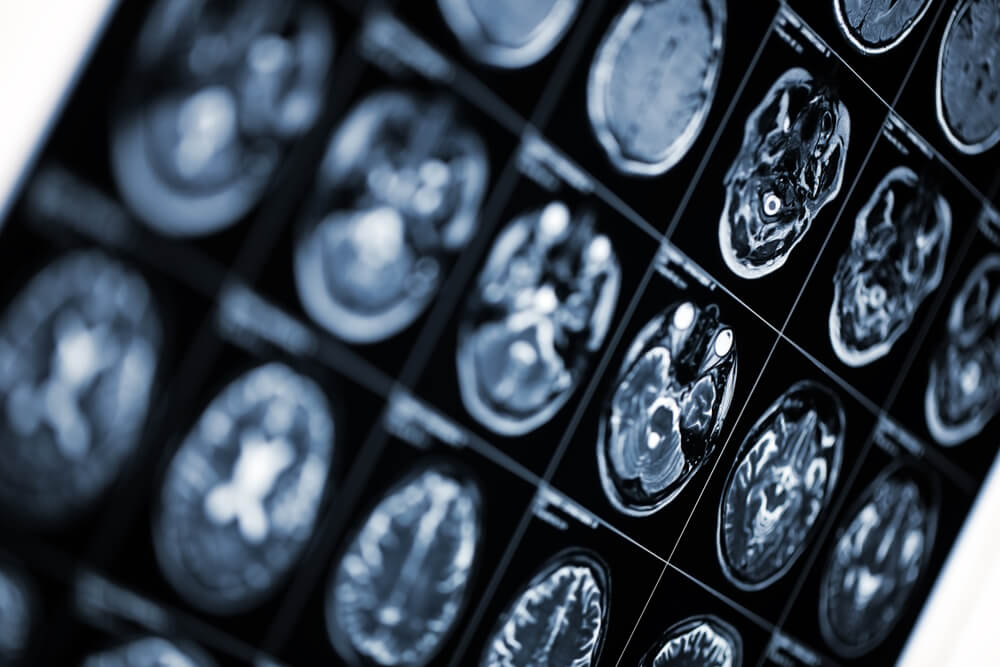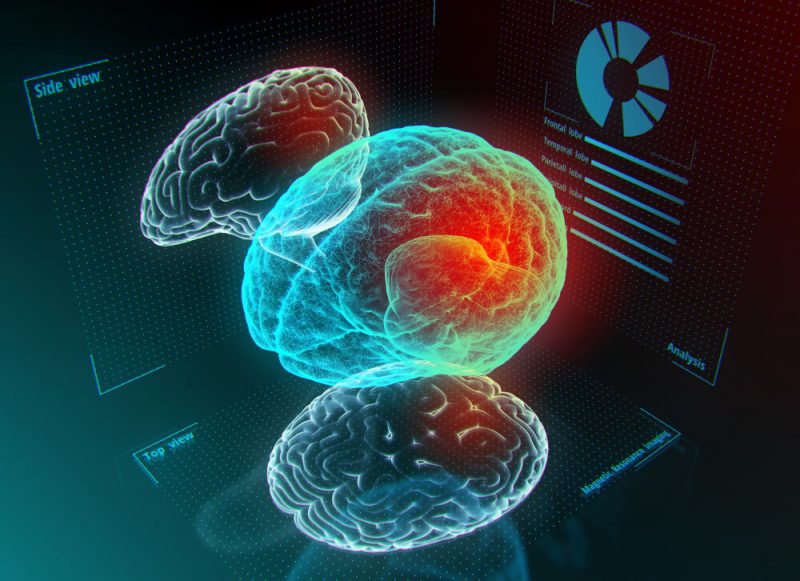Parkinson’s disease (PD) is a progressive neurological disease that affects the brain and body in different ways. The disease process is thought to be multifactorial, and much research has been done to attempt to uncover the cause. Environmental pollutants, pathogens (viral or bacterial), and genetics are some possible causes of the initiation of this disease process.
New research is continuously published that will assist in developing detection methods and treatment options for PD. Taking all the possible causes of Parkinson’s into consideration, the pathogenesis (how the disease progresses) is similar for patients. There is damage to the areas of the brain that brings about some of the classical symptoms of Parkinson’s Disease.
Although the cause of Parkinson’s disease is not yet 100% understood, we do understand that Parkinson’s disease affects the brain in a variety of ways.
How Does Parkinson’s Disease Affect the Brain?
Parkinson’s Disease Brain Changes
There are hallmark signs of Parkinson’s disease brain that are attributed to the disease process.
Excess Protein Build Up (called Lewy bodies)
Lewy bodies are made of a protein called alpha-synuclein. These proteins can build up in not only Parkinson’s disease but other neurodegenerative diseases as well. They are thought to be formed when the proteins of the cell degrade and become misfolded.
Neurofibrillary Tangles (buildup of insoluble proteins- also seen in Alzheimer’s patients)
Neurofibrillary tangles are a build-up of a protein called tau protein. In Parkinson’s disease brain, these protein build-ups are traditionally believed to play a major role in neuron loss.
Senile Plaque Formation (also seen in Alzheimer’s)
Senile plaques are a mass of decayed nerve terminals found in the brain. They are made of amyloid protein and are often called amyloid plaques.
Brain Lesions
Brain lesions are a type of damage to any part of the brain. The lesion is seen as an abnormality on a brain image such as an MRI or CT scan.

What Part of the Brain Does Parkinson’s Affect?
There are several parts of the brain that Parkinson’s disease affects. There are three areas of the brain that most affected.
- The subthalamic nucleus — a nerve center near the substantia nigra; is responsible for parts of motor control (also has other functions).
- The globus pallidus — another nerve center responsible for movement, balance, and walking.
- The basal ganglia — a group of structures inside the brain that help to provide coordination and movement. The basal ganglia are known as a movement circuit, and lack of chemicals here can cause parts of this circuit to become unsynchronized.
The most affected area of the brain is an area within the basal ganglia called the substantia nigra. The substantia nigra is located near the brainstem, the region of the brain that calculates and initiates movements. This area contains neurons that are sensitive to a neurotransmitter called dopamine. In PD, these neurons start to degenerate over time and become less sensitive to dopamine.
Parkinson’s Disease Affects the Brain Because of Nerve Degeneration
Parkinson’s disease affects the brain in specific ways. Through neurodegeneration, there is a break down of nerve structures over time. With that breakdown of nerves, the disease will continue to progress. The disease process of PD can be very insidious. Seeing your doctor at the onset of symptoms, even if it’s a slight tremor, can help with tracking the progression of the disease, and ensure you get the treatment as soon as possible.
Can you protect the brain from further damage?
The goal of the treatment is to improve the patient’s quality of life and slow progression of the disease. There is still no cure for Parkinson’s disease, but it can be very well managed. However, there are several ways that anyone who is diagnosed with Parkinson’s disease can help protect their brain and mitigate the damage that has occurred.
Diet
A highly anti-inflammatory diet can be very useful for decreasing inflammation and damage to the brain. The ketogenic diet has garnished a lot of popularity because of its anti-inflammatory and brain-protective effects.
Supplements
There are several supplements that are highly useful for nerve protection. Certain supplements have antioxidant and anti-inflammatory properties that can help heal damaged tissues.
Treatments and Therapies
There are specific treatments and therapies that are targeted to protect the brain and mitigate the damage that causes Parkinson’s-like symptoms.
This article is not intended to diagnose or treat any individual with Parkinson’s disease. This article was created for educational purposes only and is not a substitute for medical, psychological or any other sort of professional care.
Please always contact your medical provider if you have any questions or concerns involved with treatment for hallucinations and Parkinson’s disease.
